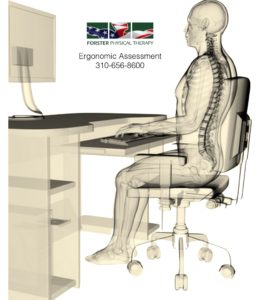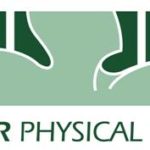“You aren’t born with body parts misaligned; that happens little by little over the years through work and play.”
Robert Forster, PT author Healthy Running Step by Step
According to the 2017 Neilson report the average American spends a whopping 11 hours per day staring at a screen; up from 10 hours in 2016, the result: bad posture is pretty much a universal experience, now add the shelter at home Covid 19 Pandemic.
• Gravity, and forward head posture leads to physical ailments including chronic pain, headaches, numbness in the arms and hands, improper breathing, and pinched nerves.
• Poor posture also has been shown to affect mental and emotional stability, and can lead to depression, memory loss, increased stress response, lower self-esteem, negative body image, and impaired brain function and behavior.
Bad posture has serious negative effects on our health.
Bad Posture in the short term causes muscle tightness, which leads to a restricted range of motion in your joints. A variety of musculoskeletal conditions follow; for example, if your shoulders start to round forward, while you reach overhead, you will develop a shoulder impingement.
Poor posture weakens your core muscles. If your back is not supported with a strong core, you will injure your back. When your neck muscles become tight, (even if you are unaware) the musculoskeletal system becomes strained and can lead to headaches, dizziness, and even disc injury.
The position of your neck determines how much pressure is placed on your spine. For every inch you lean your head forward, 10 pounds of added pressure is placed on your spine. Poor posture is responsible for shortening the muscle groups that contribute to the aches and pains that lead to the early onset of osteoarthritis and degenerative disc disease.
HERE’S THE GOOD NEWS:
Forster Physical Therapy offers a COMPREHENSIVE STRUCTURAL EXAM Performed by a licensed Physical Therapist, which includes a head to toe physical examination to assess your current structural and postural strengths, weaknesses, and imbalances, as well as past and present injuries.
From this exam a prescription exercise program is designed to correct imbalances, increase flexibility, improve core muscle strength, and prevent injury. Correcting imbalances in our structural alignment promotes flexibility and circulation in our muscles and connective tissues to allow a full range of motion in our joints. Our comprehensive structural exam is vital to people of all ages and abilities including students whose use of screens has increased exponentially year after year.
If you’re sitting at a chair or desk that is too high or too low for you it will affect your eye level, eyesight, head position, as well as your arm placement. If your spine is not erect and well balanced, it will also affect the position of your hips and knees and feet. These critical measurements are as unique to you as your own shoe size. Given the structural impact, why are you sitting in the wrong size desk and chair?
Attaining good posture at your desk will strengthen, not weaken your core muscles, and will also prevent fatigue and injuries associated with poor ergonomics.
Because good posture is one of the most important controllable factors in optimizing health and preventing possible lifelong medical conditions from forming, Forster Physical Therapy offers a complex ERGONOMIC ASSESSMENT that will not only enable you to determine if your work setup is hurting your body and compromising your performance; but it will also give you the unique measurements for your desk, chair, and monitor height, as well as the proper placements for your head, spine, hips, knees, feet and arms.









